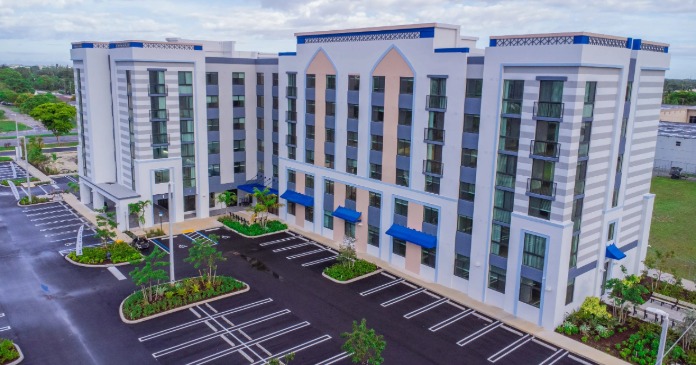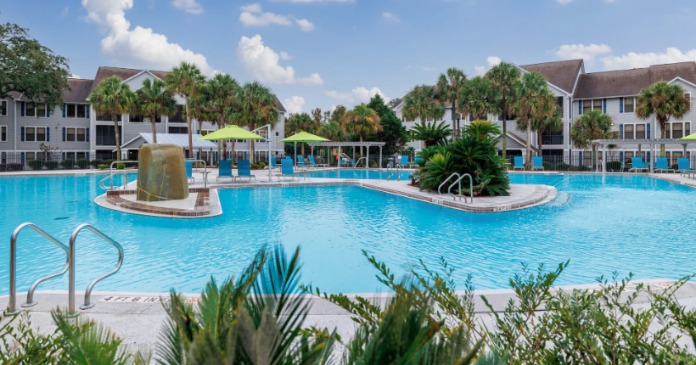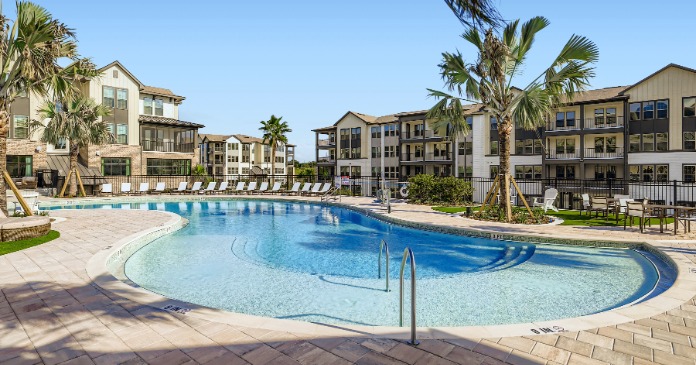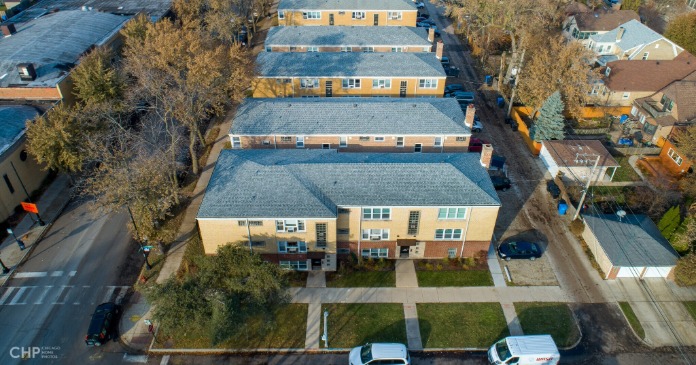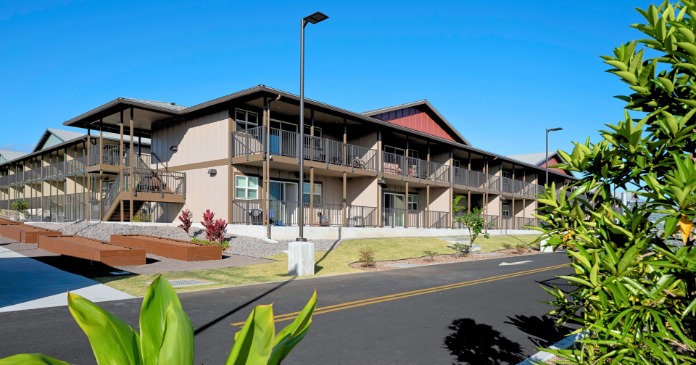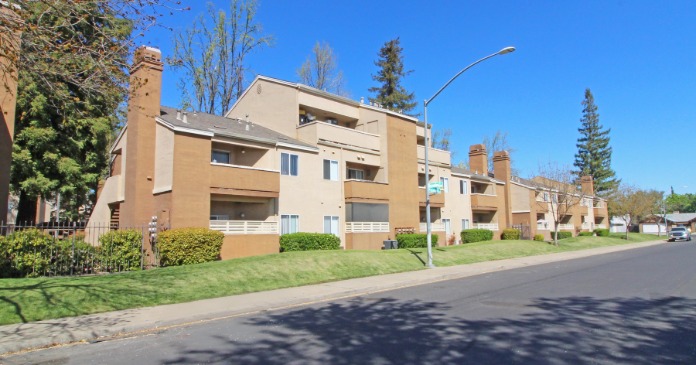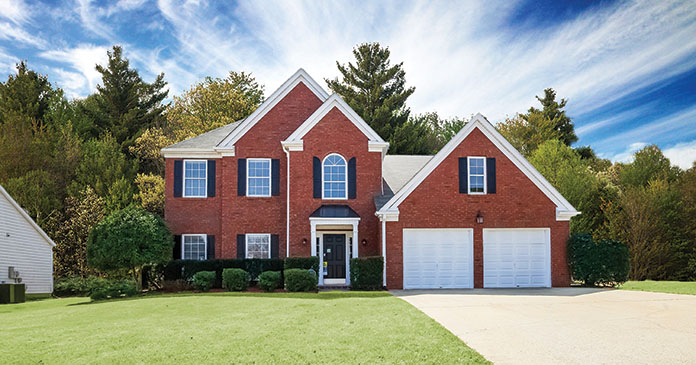
Blackstone Group Inc. sold the last of its stake in Invitation Homes Inc., the company it created after the housing crisis to scoop up tens of thousands of foreclosed single-family properties from the courthouse steps, spruce them up and rent them out.
Blackstone began whittling its position in March through a series of bulky stock offerings. Blackstone reaped about $7 billion in all, according to securities filings. That’s better than twice what the firm invested.
Blackstone’s wager was that last decade’s historic collapse in home prices and advances in cloud computing and mobile technology would enable it to buy enough suburban houses to achieve economies of scale and then to efficiently manage tens of thousands of far-flung rental properties thereafter. To do so would be to tame the final frontier in real estate for institutional investors and gain a toehold in the largest asset class in the world: the U.S. single-family home.
“The hardest part wasn’t buying the homes, it was building the business,” Blackstone President Jonathan Gray, who headed the firm’s real-estate business when it launched Invitation, said in an interview. “We created a company from scratch. It was created on a yellow pad. It was an idea. Now it’s a real business.”
As the number of foreclosed homes swelled and home prices hit bottom eight years ago, Blackstone and other big real-estate investors pounced. Blackstone, hotelier Barry Sternlicht and Donald Trump confidante Tom Barrack sent buyers to auctions with duffel bags of cashier’s checks and instructions to buy anything that was cheaper than it cost to build new, not too old, big enough for a family and in a good school district.
Blackstone formed Invitation with a group of Phoenix investors who were buying trailer parks before the crash. They were led by Dallas Tanner, Invitation’s 39-year-old chief executive, who at the time was fresh out of graduate school. Starting with a three-bedroom stucco house on the outskirts of Phoenix that it bought at auction for $100,700, Invitation went on a $10-billion home-buying spree.
Its buyers streamed into foreclosure auctions across the Sunbelt spending at a clip of more than $100 million a week. In about 18 months, it had bought 30,000 homes one by one and spent another $2 billion or so fixing them up.
When the flood of foreclosures subsided, the investors hit the open market looking for houses. They employed sophisticated house-hunting algorithms and increasingly built homes expressly to rent.
Invitation eventually absorbed the rental empires of Sternlicht and Barrack. The two companies compete at the high end of the rental market. Their typical tenants aren’t quite 40 and have a child or two and a household income of about $100,000.
The landlords have capitalized on both the willingness of relatively high earners to rent the suburban lifestyle they can no longer afford, and disinterest in homeownership from younger Americans who lack confidence in their employment and the housing market.
Though homeownership has bounced back from the 50-year lows reached in 2016, it remains well below last decade’s rates.
Excerpt Ryan Dezember, wsj.com









